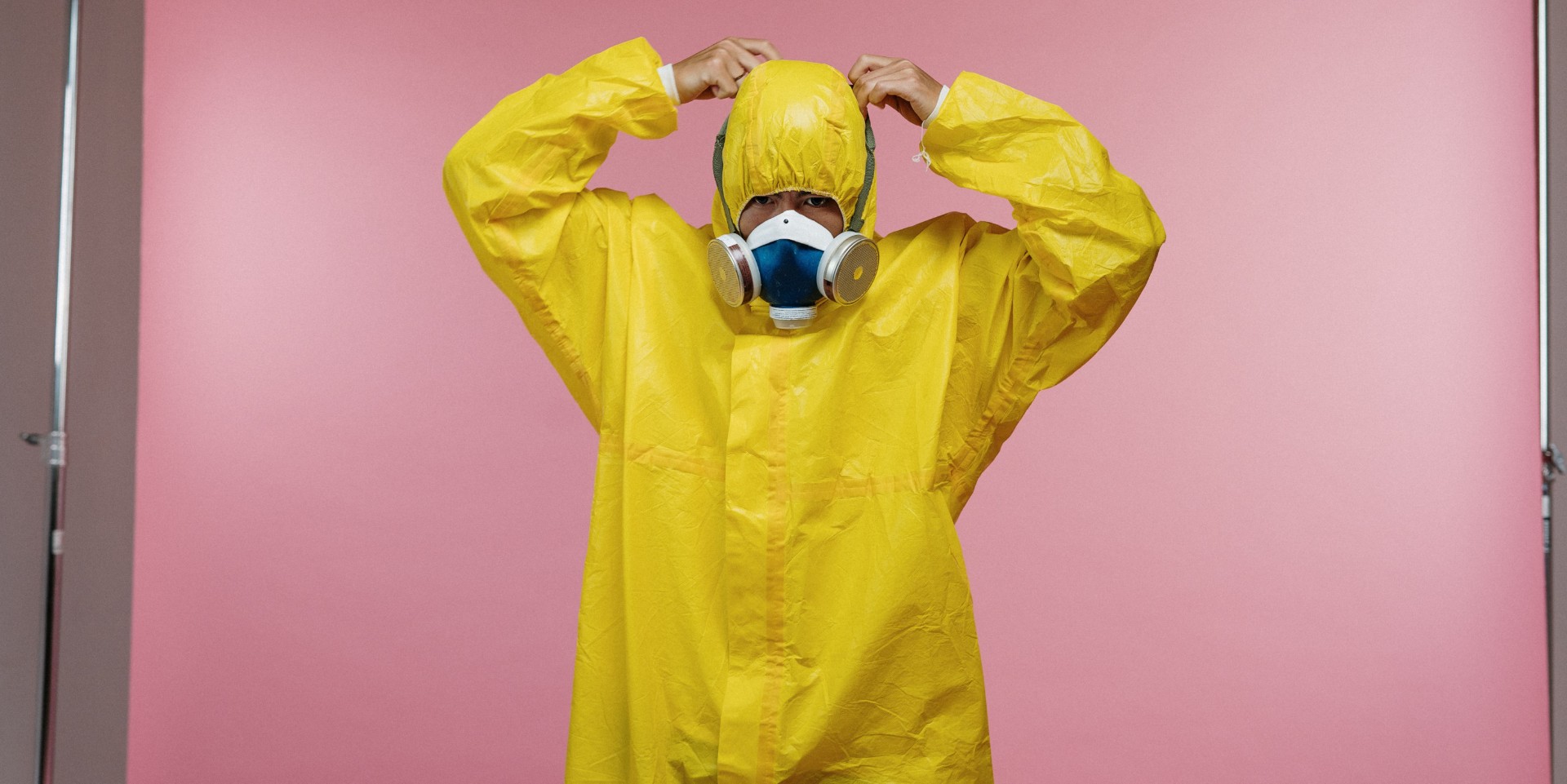
To employees, it may seem like a hassle to wear respiratory protection, but particles and contaminants – no matter how small – can cause both short-term and long-term health problems.
Respirators protect employees from areas with insufficient oxygen, harmful dusts, fogs, smokes, mists, gases, vapours and sprays. These hazards may cause cancer, lung impairment or other diseases. Employees should always wear respiratory protection where required at the workplace.
All employees should know and understand the respiratory protection plan in their workplace. All employees must comply with the program, as safety is everyone’s concern.
Respirator Use and Safety Tips
Respirators are an important safety and health protection tool, when used properly. If employees exercise proper respirator maintenance, it will protect them from harmful airborne contaminants and particles. Advise employees to follow these safety tips:
- Use respirators certified for use to protect against the contaminant you are working with. A label or statement of certification should appear on the respirator or respirator packaging. It will tell you what the respirator is designed for and how much it will protect you. Examples of different types of respirators include single-use, half-face piece, full-face piece, air-purifying or atmosphere-supplying respirators. A respirator from another area of the workplace may not provide adequate protection for you. For example, a respirator designed to filter dust particles will not protect you against gases, vapours or very small particles of fumes or smoke.
- Always inspect your respirator before use. Alert your supervisor and replace your respirator if you find a crack, puncture, tear, leak or any other unusual condition.
- Check the face piece seal each time you wear your respirator. Proper face piece fit is critical.
- Keep your face shaved. Facial hair, head bands, bandannas or other objects that interfere with the face piece seal must be removed prior to wearing your respirator.
- Read and follow all instructions provided by the manufacturer on use, maintenance, cleaning and care, as well as warnings regarding your respirator’s limitations.
- Use the correct cartridge for your respirator, if applicable. Examples of the different kinds of cartridges include dust, mist, organic vapour or combination. Make sure cartridges are not expired.
- Keep track of your respirator so you don’t inadvertently use another employee’s respirator.
- Make sure you stay properly trained in the use and maintenance of your respirator. Contact your supervisor or other designated person if you need assistance or have any questions.
Looking for manufacturing safety policies and procedures that support a safety-conscious work environment? Download our free Manufacturing Employee Safety Manual!


